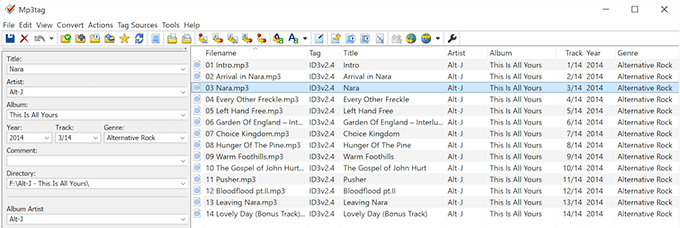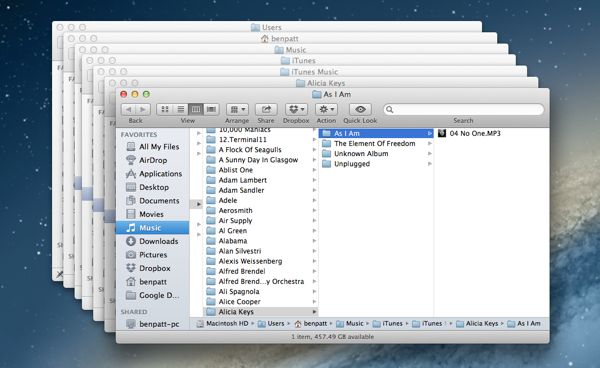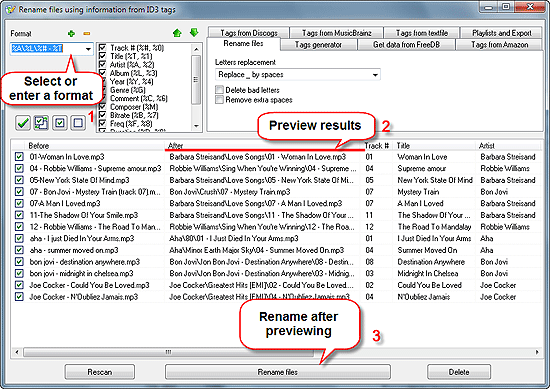

It'll take a little bit of learning to get used to it (the man page is VERY big), but I absolutely swear by screen. The only thing screen doesn't do is survive a reboot (go figure). It's all still there to reconnect to when you re-open Terminal and reconnect to it.

If you're running screen, and terminal crashes, nothing happens to screen. Be forewarned this is a VERY extreme example. It serves an excellent second purpose that if you're doing something (say, ssh'ed into a remote server) and your connection goes away, everything you were doing inside screen continues to run, or everything you have done remains there in context until you reconnect to the server and resume screen. Screen is a "terminal multiplexer", it allows you to turn one terminal into many all self contained. Nohup will continue command execution until completion (or failure, either way a program exit), and then it'll go away.
#Make a folder for mp3 files mac how to
Or you can learn how to use the 'screen' command. One is that you can use the 'nohup' command to continue command execution even if the shell goes away. You have two options, and both may be a bit more involved than you want to be.

(Applications don't run without a controller of some manner.) Using & puts it in the background of the shell, but if you kill the shell, you kill that application as well. Don't worry that you're doing something wrong.


 0 kommentar(er)
0 kommentar(er)
